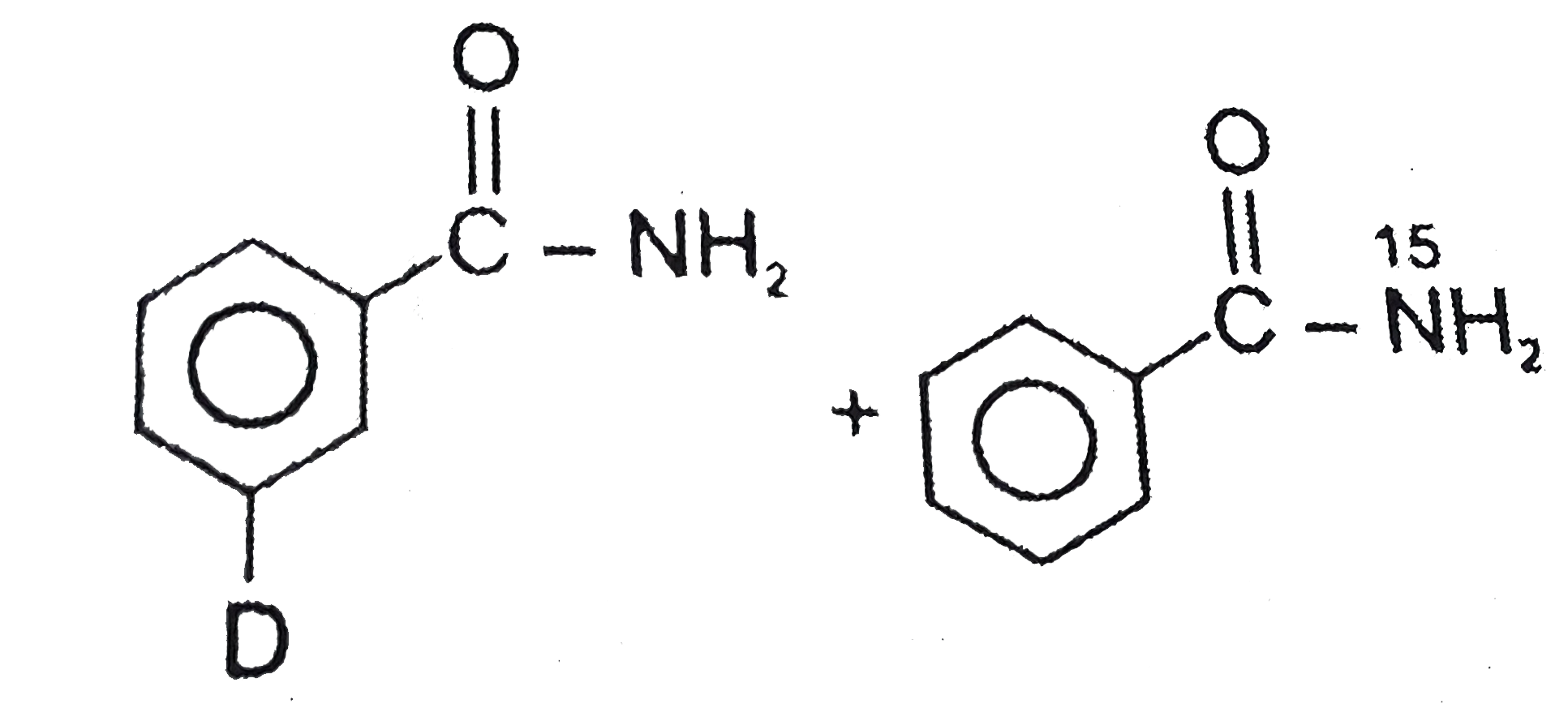Restrictioni enzymes work under optimal conditions . Commnet.
Step-by-Step Text Solution:
1. Definition of Restriction Enzymes:
- Restriction enzymes, also known as nucleases, are enzymes that cut DNA or RNA at specific sequences. They play a crucial role in molecular biology, particularly in genetic engineering and cloning.
2. Types of Nucleases:
- There are two main types of nucleases:
- Endonucleases: These enzymes cut the DNA at specific internal sites within the molecule.
- Exonucleases: These enzymes remove nucleotides from the ends of the DNA molecule.
3. Optimal Conditions for Activity:
- Restriction enzymes function best under optimal conditions, which include:
- Optimum Temperature: Most restriction enzymes are active at around 37 degrees Celsius, which is close to human body temperature.
- Optimum pH: The optimal pH can vary depending on the specific enzyme and the buffer used, but it is crucial for maintaining enzyme activity.
4. Specificity of Restriction Enzymes:
- Each restriction enzyme is specific to a particular nucleotide sequence. For example, the enzyme EcoRI recognizes and cuts the palindromic sequence GAATTC, cleaving between the G and the A on both strands, leaving sticky ends that can facilitate the binding of other DNA fragments.
5. Importance of Optimal Conditions:
- Working under optimal conditions ensures that the restriction enzymes have maximum activity and efficiency. Deviations from these conditions can lead to reduced enzyme activity or complete inactivity, which can affect experimental outcomes in molecular biology applications.
- Restriction enzymes, also known as nucleases, are enzymes that cut DNA or RNA at specific sequences. They play a crucial role in molecular biology, particularly in genetic engineering and cloning.
- There are two main types of nucleases:
- Endonucleases: These enzymes cut the DNA at specific internal sites within the molecule.
- Exonucleases: These enzymes remove nucleotides from the ends of the DNA molecule.
- Restriction enzymes function best under optimal conditions, which include:
- Optimum Temperature: Most restriction enzymes are active at around 37 degrees Celsius, which is close to human body temperature.
- Optimum pH: The optimal pH can vary depending on the specific enzyme and the buffer used, but it is crucial for maintaining enzyme activity.
- Each restriction enzyme is specific to a particular nucleotide sequence. For example, the enzyme EcoRI recognizes and cuts the palindromic sequence GAATTC, cleaving between the G and the A on both strands, leaving sticky ends that can facilitate the binding of other DNA fragments.
- Working under optimal conditions ensures that the restriction enzymes have maximum activity and efficiency. Deviations from these conditions can lead to reduced enzyme activity or complete inactivity, which can affect experimental outcomes in molecular biology applications.
Topper's Solved these Questions
- BIOTECHNOLOGY-PRINCIPLES AND PROCESSESBOOK - AAKASH INSTITUTE ENGLISHCHAPTER - BIOTECHNOLOGY-PRINCIPLES AND PROCESSESEXERCISE - EXERCISE
40 Videos
- BIOTECHNOLOGY-PRINCIPLES AND PROCESSESBOOK - AAKASH INSTITUTE ENGLISHCHAPTER - BIOTECHNOLOGY-PRINCIPLES AND PROCESSESEXERCISE - ASSIGNMENT SECTION-A (Objective Type Questions)
25 Videos
- BIOTECHNOLOGY-PRINCIPLES AND PROCESSESBOOK - AAKASH INSTITUTE ENGLISHCHAPTER - BIOTECHNOLOGY-PRINCIPLES AND PROCESSESEXERCISE - ASSIGNMENT SECTION-D (Assertion-Reason Type Question)
10 Videos
- BIOTECHNOLOGY AND ITS APPLICATIONSBOOK - AAKASH INSTITUTE ENGLISHCHAPTER - BIOTECHNOLOGY AND ITS APPLICATIONSEXERCISE - ASSIGNMENT (SECTION - D) (ASSERTION - REASON TYPE QUESTIONS)
10 Videos
- BODY FLUIDS AND CIRCULATIONBOOK - AAKASH INSTITUTE ENGLISHCHAPTER - BODY FLUIDS AND CIRCULATIONEXERCISE - Assignment Section - D Assertion - Reason Type Questions
9 Videos
Similar Questions
Restriction enzyme work by cleaving
View SolutionHow an enzyme works?
View Solution under Hofmann conditions will give:
under Hofmann conditions will give:
View SolutionA soap bubble of radius R has formed at normal temperature and pressure under isothermal conditions. Complete the work done. The surface tension of soap solution is T.
View SolutionFill in the blanks
Inherent capacity of a population to increase under optimal conditions is called.............. .
View SolutionA can reduce BO2 under which conditions.

View SolutionPtyalin, an enzyme work in saliva in -
View SolutionSet of enzymes that works in low pH is
View SolutionThe measure of maximum rate of reproduction under optimal condition is known as :
View SolutionNatality under actual conditions is called
View Solution
